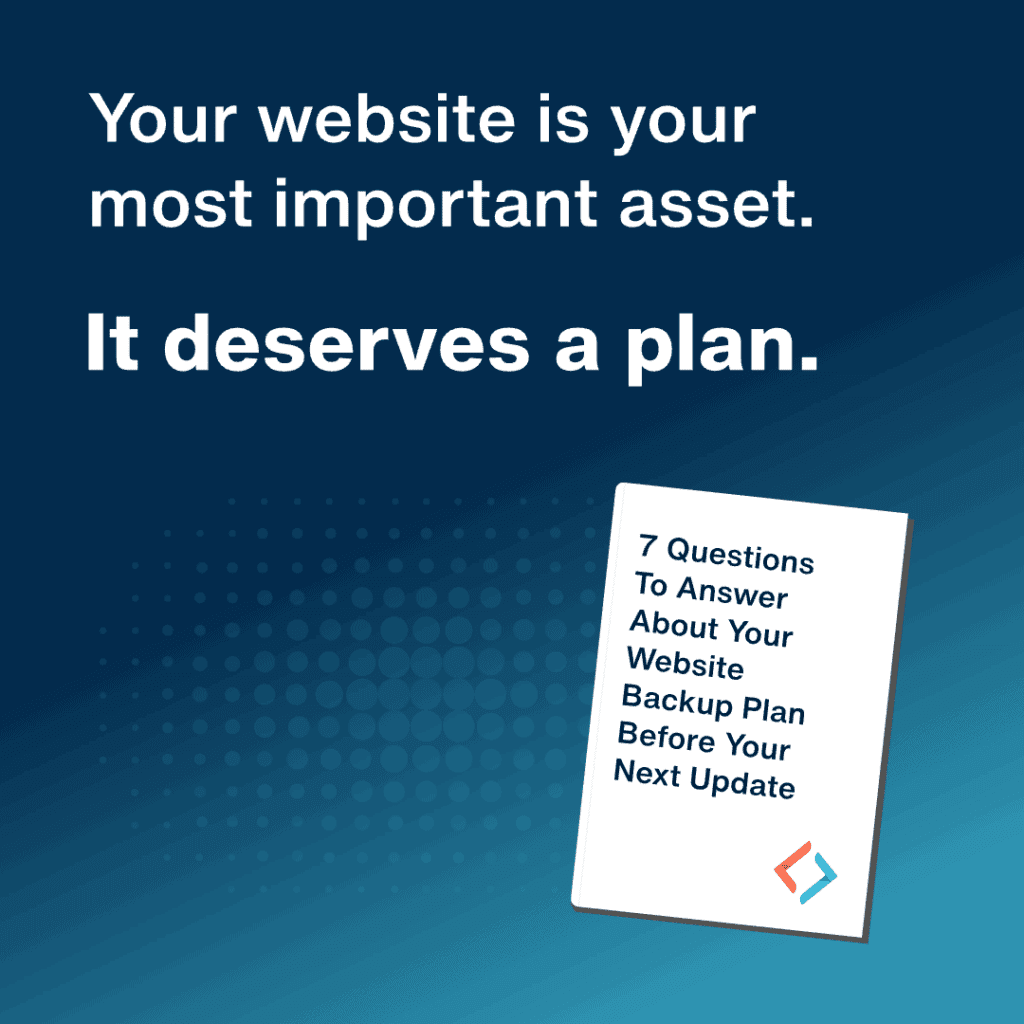How Your Website Goals Shape Your CTAs
Every website has goals. But not every website treats its call-to-action (CTA) strategy like it should.
The reality is, the right CTA depends entirely on what you want a visitor to do. Yet too often, businesses default to a generic CTA—something like “Contact Us”—without considering how the site’s larger goals should drive every click.
When your CTAs are shaped by your goals, visitors feel guided. When they’re random, visitors feel lost.
Here’s how to make sure your CTAs are pulling in the right direction.
Different Goals, Different CTAs
Your CTA should act as a stepping stone that moves the visitor closer to your goal. But the size of that step—and the nature of it—depends on what you’re trying to achieve.
Let’s break it down. (Hopefully you just imagined some sweet breakdown.)
1. Goal: Build Your Email List
If your main objective is to grow your email list, your CTAs should focus on offering something valuable in exchange for an email address.
You’re asking for a small commitment, so the CTA must feel low-pressure and rewarding.
Examples:
In this case, the CTA isn’t selling your full service or product yet. It’s selling a micro-conversion: the beginning of a relationship.
2. Goal: Generate Leads
When you’re trying to capture qualified leads—especially for service businesses—your CTA needs to encourage a conversation without feeling like a trap.
Examples:
The wording should reassure the visitor that they’re not committing to anything major yet—just a conversation or next step.
3. Goal: Drive Direct Sales
If your site’s primary goal is ecommerce or direct purchases, your CTAs must remove friction and make the buying path simple.
Examples:
This is where clarity and urgency matter most. Users know exactly what to expect after they click, and every extra step or confusion costs you sales.
4. Goal: Educate and Build Trust
Sometimes your site’s short-term goal isn’t immediate action—it’s helping visitors self-educate so they feel confident acting later.
This might apply to high-ticket sales, complex services, or industries where trust is critical.
Examples:
Here, the CTA should offer paths into deeper understanding rather than a hard sell. You’re investing in trust now to close later.
Why One-Size CTAs Don’t Work
Using the same CTA everywhere assumes every visitor has the same intent, attention span, and trust level. They don’t.
A visitor downloading a guide for the first time is at a different stage than one who’s comparison shopping after three site visits.
If your CTA strategy doesn’t reflect those different goals and journeys, you risk leaving opportunities on the table.
The Smarter CTA Strategy
If you want more conversions—and better-qualified ones—you need to match your CTA to both:
It sounds simple, but it takes thought. It means reviewing your site page-by-page, adjusting CTAs not based on what sounds good in a vacuum, but on what will actually move the visitor toward your real business goals.
Start with the end in mind. Shape your CTAs accordingly. That’s how you turn clicks into outcomes.
Want help aligning your site’s CTAs with your business goals?
Schedule a strategy session with Pixel Jar and let’s map it out.
